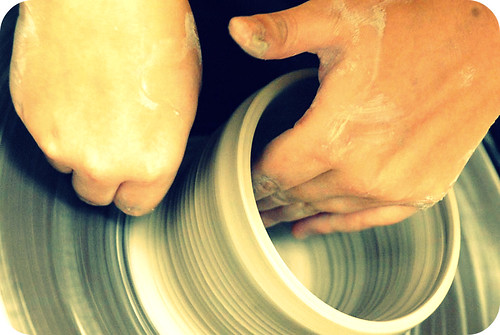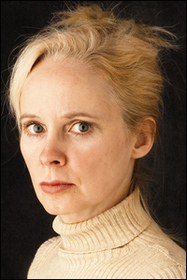If you’re not a geek (and I use that term as a positive term), you may not know who Mark Frauenfelder is. But you need not be a geek to learn from his recent post on LifeHacker. Frauenfelder is editor of DIY-geek-tech MAKE Magazine, and two of his tips on accomplishing more in the day are useful to creative writers, too.
The first is a time-honored writing trick—he talks about going into “Robot Mode” when running down his to-do list:
I don’t think about how many items are on the list or how many I have left to accomplish. I just focus on the current task at hand. […] Robot Mode helps me from feeling overwhelmed, which can happen if I am looking at a list of things that aren’t in any particular order. If I have to deal with an interruption (as we all do) I take care of it, and get back to my list.
You may not have a to-do list for your current work-in-progress, but focusing on one small segment of your piece helps you from feeling overwhelmed by what’s going to happen at the end of the story (or the book). Anne Lamott gives similar advice when she talks about looking at your story through a one-inch picture frame.
But most intriguing to me is Frauenfelder’s second tip:
There’s one item I add to my list every day that helps me get things done and keeps me happy: “15 minutes of non-digital creativity” […] I find that taking 15 minutes to do something non-digital, like whittling a spoon, playing with clay, or sketching, is a great way to improve my mood and to make all my work-related stuff seem less urgent. I usually schedule it about halfway through the list, so that I have a treat to work towards in the early afternoon, when I’m starting to burn out.
A short break of non-verbal creativity might be a great way to break the three o’clock doldums that hit me in the middle of writing days: a chance to switch metaphorical gears and get new perspective on whatever scene I’m struggling with. Do you find that non-verbal creativity helps your writing? If so, what’s your favorite way to recharge?
Further Reading:
- Author Caroline Preston is a great example of how non-verbal creativity can inspire your writing, as this reviewlet of her novel The Scrapbook of Frankie Pratt shows. As part of her writing process,
Preston put together hundreds of pages of hand-cut photos and captions to create the story of her 18-year-old heroine, who receives her father’s Corona typewriter and a blank scrapbook from her mother as a high-school graduation present. To assemble the materials that would make up Frankie’s life, Preston trolled antique stores and eBay for Bakelite bracelets and ticket stubs, a war medal and a flapper purse, a cigarette holder and a pair of driving glasses, bobby pins and fortune-telling cards. She put these items into a scrapbook: ‘over 600 pieces of 1920s vintage ephemera, and that’s a lot of stuff,’ she says.






